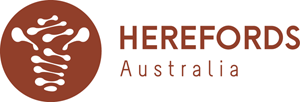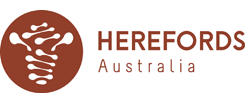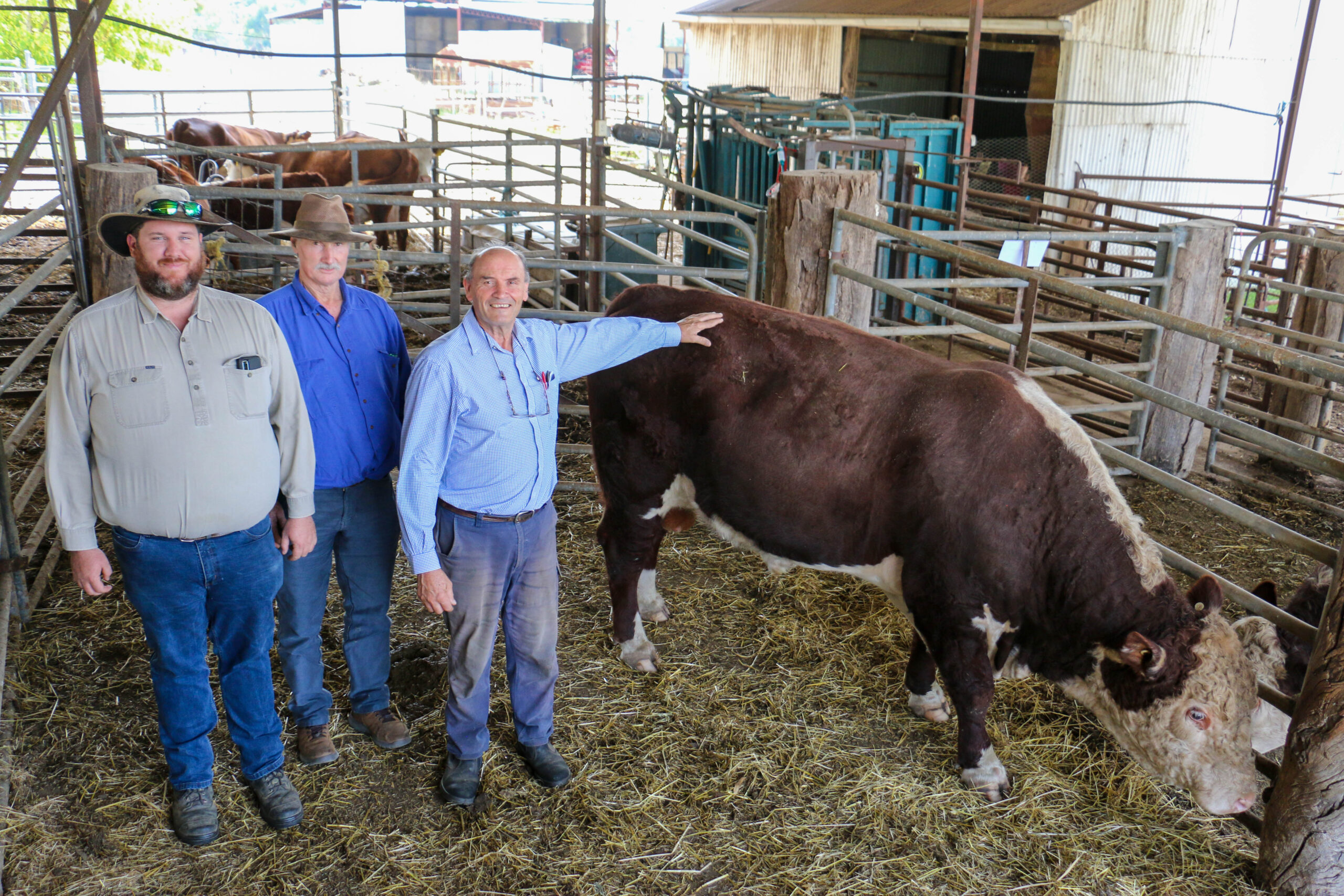Qualified butcher Luke Lavis understands what the trade and consumer wants and is now drawing on that knowledge to breed commercial Herefords with yield and eating quality.
Luke worked as a butcher for Woolworths and former Albury retailer Peters & Son, saying the trade preferred red meat yield and adequate fat to reduce wastage in the carcases.
“Fat is important as it imparts the flavour in the meat while pH determines the eating quality and how it cuts,” he said.
“The beauty of the Hereford is the docility reducing the likelihood of a dark cutter.
“Marbling does help with the taste while meat colour is attractive to a lot of consumers.
“Scotch, fillet, T-bone, porterhouse, and ribeye on the bone were the most popular with consumers. A lot of older people ask for brisket as it makes a good pot roast.”
Luke said chuck steak, gravy beef and osso buco cuts had gained popularity with the low and slow movement.
Now as a full-time Hereford breeder, Luke looks for carcase yield, and muscle expression where the prime cuts are located.
“I prefer grass-fed beef any day over grain-fed,” he said.
Luke and his father Eric run up to 300 cows and 100 Hereford heifers at “Roseleigh”, Bungowannah, near Albury, in southern NSW,
Eric began breeding purebred Herefords in 1993 and the pair use Glenpoll, Bowmont and Warwick Court genetics.
They source registered females to use as a breeding nucleus of around 30 cows to produce their own herd bulls annually.
Eric places a strong emphasis on docility and structural soundness in the cattle.
“You’ve got to have a beast which will perform, put the meat on the frame, and if they can’t produce a calf, there is no use keeping them,” he said.
The July/August calving cow herd is joined over eight weeks with any cull females sold to the processors. The paddock raised; home bred bulls begin their working life at two years whilst heifers are joined at 16 months.
This year the family turned off grown 18-month-old steers at Wodonga weighing 489kg for $2040, a pen weighing 459kg at $1960 and the thirds at 422kg returned $1860.
In the past, yearling steers were sold to bullock fatteners or as grass-fed, antibiotic free two-year-olds to the Greenham Never Ever program.
“We had the price peak last spring and steers have now come back to the levels of spring 2021 – it is still significantly better than four years ago. In 2018/19 it was actually costing us to produce beef and the outlook was not good at that stage,” Eric said.
“The peak has given us an opportunity to regroup and rebuild our cattle infrastructure. Over the years we put the money into the genetics so we have been able to maintain that.
“The outlook for us is still Hereford cattle – we will keep on improving the genetics and making sure the soil is right to grow the nutrition.”
Eric and Luke toured Hereford studs as part of the 2023 Stock and Land Beef Week open days and were keen to inspect bulls at Glenpoll Poll Herefords run by Ferruccio Tonini at Glenrowan.
“When we had a temperament problem with our cattle, it was the Glenpoll bulls which quietened our cattle down considerably and put better frame into them,” Eric said.
“Docility translates into eating quality – it’s not a nice meal if you have to put your paw on it and growl.”







